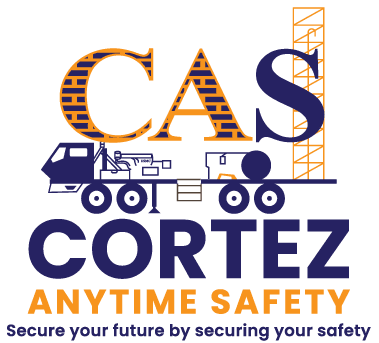Ensuring a safe workplace environment is not just a legal obligation but a moral responsibility for employers. One powerful tool in achieving this goal is the Occupational Safety and Health Administration’s (OSHA) 30-hour training program. This comprehensive training is designed to equip workers and employers with the knowledge and skills needed to identify, prevent, and mitigate workplace hazards. In this blog post, we’ll delve into the importance of OSHA 30 training and its profound impact on creating a safer and healthier workplace.
Comprehensive Understanding of OSHA Standards
OSHA 30 training provides participants with an in-depth understanding of OSHA regulations and standards. This knowledge empowers workers and supervisors to navigate the complex landscape of safety requirements specific to their industry. A thorough grasp of OSHA standards lays the foundation for a culture of compliance, reducing the risk of violations and associated penalties.
Identification and Mitigation of Workplace Hazards
The program focuses on hazard recognition and mitigation strategies, arming participants with the ability to identify potential dangers in various work environments. By recognizing hazards early on, employees can take proactive measures to address and eliminate risks, creating a safer workplace for everyone.
Empowering Workers to Speak Up
OSHA 30 training encourages open communication about safety concerns. Participants learn the importance of reporting hazards promptly and feel empowered to voice their observations without fear of reprisal. This fosters a culture where every employee plays a role in maintaining a safe and healthy workplace.
Enhanced Risk Assessment Skills
Participants gain valuable skills in conducting risk assessments, enabling them to evaluate tasks and work environments for potential hazards. This proactive approach allows organizations to implement preventive measures before accidents occur, significantly reducing the likelihood of injuries or illnesses.
Supervisory Leadership in Safety
OSHA 30 training is particularly beneficial for supervisors and managers. It equips them with leadership skills in promoting safety within their teams. Effective communication of safety policies, leading by example, and ensuring compliance are crucial elements that contribute to a workplace culture where safety is a top priority.
Reduction in Workplace Accidents and Injuries
Investing in OSHA 30 training has a direct correlation with a decrease in workplace accidents and injuries. Participants are equipped with the knowledge to implement preventive measures, use personal protective equipment (PPE) effectively, and create a safer work environment. As a result, organizations experience fewer incidents, leading to improved employee well-being and morale.
Increased Efficiency and Productivity
A safer workplace is also a more efficient and productive one. By reducing accidents and injuries, organizations minimize downtime, workers’ compensation costs, and disruptions to operations. OSHA 30-trained employees are better equipped to work efficiently while prioritizing their safety and the safety of their colleagues.
Legal Compliance and Risk Mitigation
OSHA 30 training ensures that organizations are well-versed in the legal requirements governing workplace safety. Compliance with OSHA standards not only avoids costly fines but also establishes a strong defense against potential legal liabilities in the event of an incident.
Positive Impact on Company Reputation
A commitment to OSHA 30 training reflects positively on an organization’s reputation. Clients, partners, and stakeholders value companies that prioritize employee safety. Demonstrating a dedication to creating a safe work environment enhances the overall image of the organization and can be a differentiating factor in competitive industries.
Long-Term Safety Culture
OSHA 30 training is not a one-time event; it contributes to the establishment of a long-term safety culture within an organization. The principles learned during the training become ingrained in the organizational ethos, creating an environment where safety is a continuous priority.
All in All;
OSHA 30 training is a cornerstone in the journey towards creating a safer workplace. By investing in the education and empowerment of employees and supervisors, organizations not only meet regulatory requirements but also foster a culture where safety is woven into the fabric of daily operations. The impact of OSHA 30 training extends beyond compliance – it creates a workplace where every individual is equipped to contribute actively to a safer, healthier, and more productive work environment.



